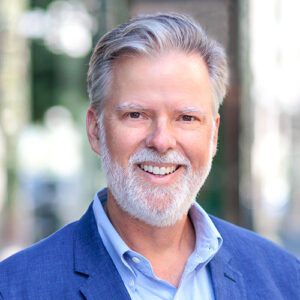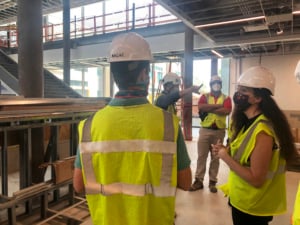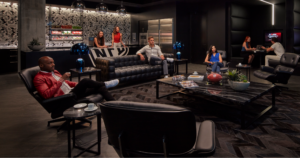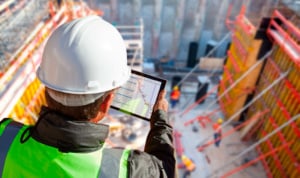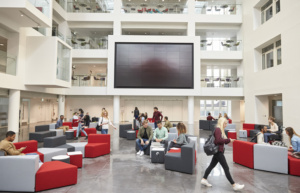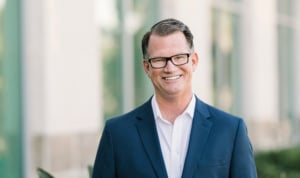When Will Visitors Return to Cultural Experiences and How Can They Feel Safe?
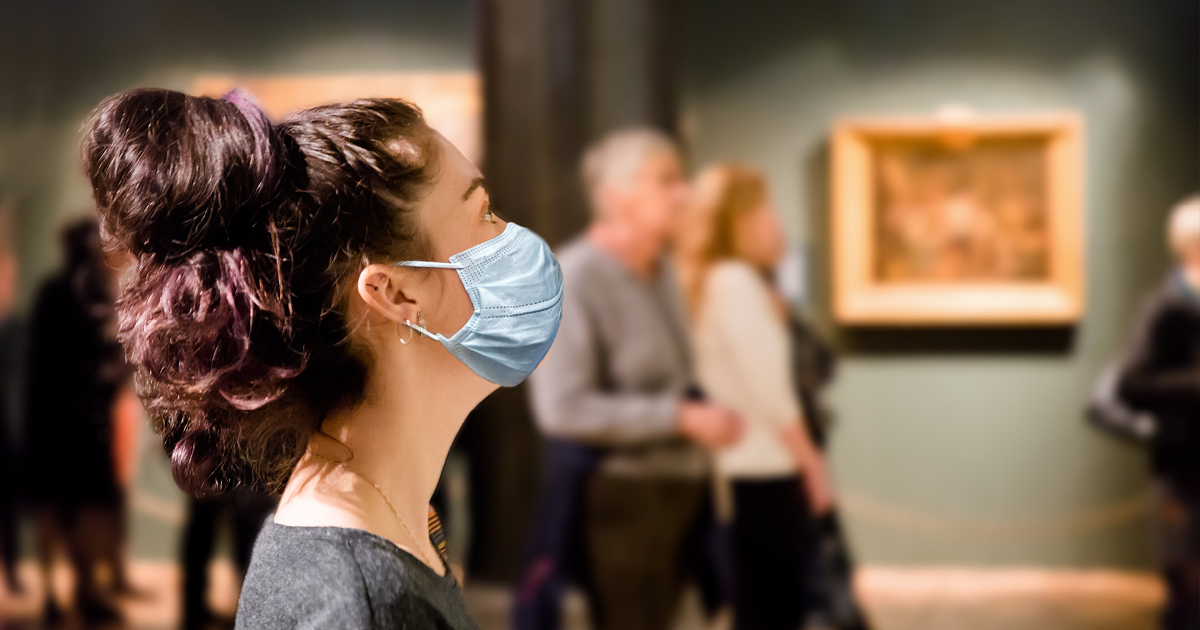
Has everyone had enough of quarantine, and don’t you miss cultural experiences? I truly believe that the public will come back to cultural spaces like museums, simply because they are a necessary part of being human, connecting with shared values and experiencing something beyond the daily norm. The question is how long before these spaces are open, and how can visitors have confidence that institutions are taking the necessary steps outlined by the CDC? Returning visitors will want to safely engage with cultural experiences when they feel it is safe to go back to work, send children to school, enter places of worship, Home Depot, or the mall… How is visiting a museum different?
Yes, going to a museum is not a primary need to survive, but having a live cultural experience (not a Zoom, television, or virtual experience) is something many people enjoy and have deeply missed. At its base, the cultural / museum experience requires leaving your house, going to an interesting setting, engaging with an activity of interest, maybe with a friend. Many people need this, are used to it, and want to come back to it.
For future planning for cultural institutions, in many regards, building operators and professionals need to think—how is our museum experience different than visiting other public buildings where people will want to visit? How will visitors make the emotional leap from “want” to “need?”
Breathing shared air is a major concern for visitors. In this post we will discuss recommendations on how to improve filtration / treatment of that air, and help you prepare to communicate those improvements to your constituency.
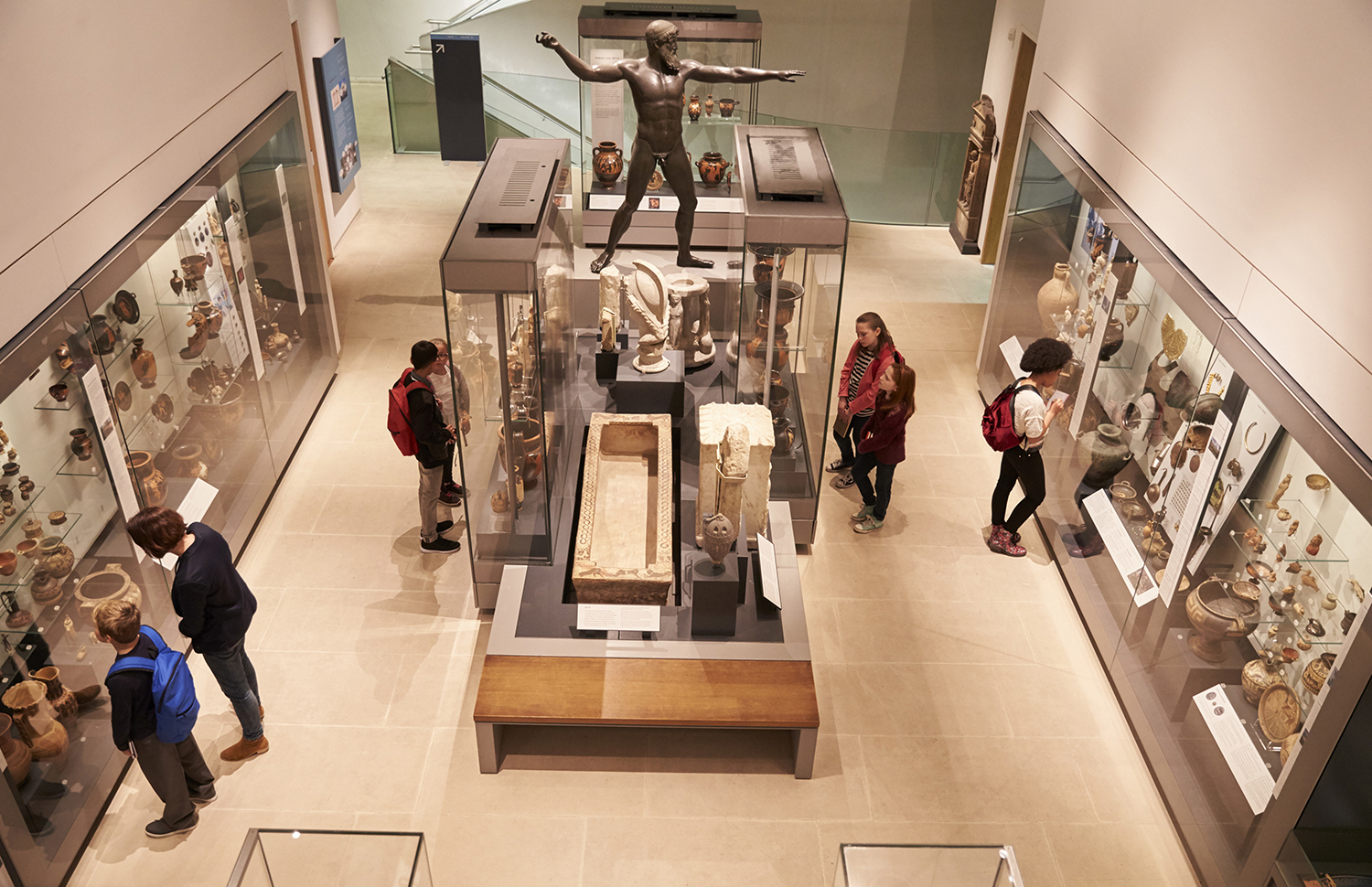
First, a case study involving an ongoing project that is ready to start digging! I have a client which is planning a $30M church, has already bought a property, has construction financing in place, and has permits to construct. Their recent question: “With COVID-19 being spread through the air, will members feel it is safe to come back to church?” This prompted them to question if they should change the HVAC design to make it more safe (like a hospital) and have our planned building react to the pandemic? My response was “not really,” and here’s why:
- Imagine the cost and disruption if all public buildings were required to have hospital-grade HVAC systems? These types of systems are much more expensive because they have higher requirements for systems separation, required air changes, filtration requirements, and very complicated pressure relationships. The possibility of public buildings being changed like this is unlikely, in my opinion, because the benefit is not worth the cost (except in hospitals!).
- Sanctuary seating (pews) are setup to support physical distancing from other families, but families can sit together. You can close every other row, just like it has been done at the White House press briefings. Yes, it is fewer seats, but migration of members back to live church will take time. Density will come back as higher public confidence returns.
- The drawings are ready to file for building permit and get competitive pricing. Any delay to this process for making design changes, will cost a lot for redrawing and delays. Time is money.
- Are there operational changes and tweaks to the system that is already designed to meet current building codes? Absolutely, keep reading. Changes to building operations, including the operation of heating, ventilating, and air-conditioning (HVAC) systems, can reduce airborne exposures. Mechanical engineers knowledgeable with your facility can help develop a specific plan to address concerns, which in turn will allow you to communicate to your stakeholders an actionable plan that is science-based.
- As for building code changes, it is still too early to know how or if building codes will change. That is a complicated process. It takes a long time to modify ASHRAE standards, and then each jurisdictional authority has to adopt the new standards. Think of this situation as needing a tactical pivot, until the building codes change in the future.
- For our church project, the project’s explained that there are several actions the church can take, utilizing the currently designed system.
- Increase the amount of outside air, for more air changes, less recirculation which dilutes airborne contaminants. Programmed fresh air purges can be setup before and after services, for increased air changes during increased occupancy. The system was already setup to cool the building under hot humid conditions, but doing this continually will increase energy costs and be inefficient. Economizers help to regulate fresh air.
- Explore changes to the filters (using MERV 13, 15, or even HEPA filters) to catch a larger number of particulates, airborne bacteria, and viruses. Greater density of filtration increases pressure resistance and utility costs.
- Add UV-C lights, which have been shown to “deactivate” viruses. However, location and duration of exposure is necessary to be effective.
- Bipolar ionization units can be added to the coil sections, requiring engineering and adding cost to the specified system.
To summarize, project professionals are setup to help deal with building projects, whether you have an existing building that needs improvement, or you are planning a new project. Our team has attended webinars from industry partners on HVAC planning, and in response to COVID-19, and it is strongly encouraged to take a scientific approach with MEP engineers. Click Here to see one engineering group out of many that are publishing papers. Engineers, energy, and commissioning professionals provide a range of facilities / maintenance and personal protective equipment basics, fast interim adjustments, and mid- to longer-term recommendations to include energy considerations. There is an emphasis on tuning-up existing HVAC and building control systems and control sequences, ventilation air, and particulate filtration.
Modern HVAC ventilation and filtration systems can actually reduce transmission and risk, if properly run. ASHRAE intends to provide guidance on managing the spread of SARS-CoV-2, the virus that causes COVID-19 with respect to the operation and maintenance of HVAC systems in buildings. ASHRAE is a global membership-based engineering organization with the intent to “advance human well-being through sustainable technology for the built environment. The Society and its members focus on building systems, energy efficiency, indoor air quality, and sustainability within the industry.”
In a separate announcement on the operation of HVAC systems to reduce COVID-19 transmission, ASHRAE states: “Ventilation and filtration provided by heating, ventilating, and air-conditioning systems can reduce the airborne concentration of SARS-CoV-2 and thus the risk of transmission through the air. Unconditioned spaces can cause thermal stress to people that may be directly life threatening and that may also lower resistance to infection. In general, disabling of heating, ventilating, and air-conditioning systems is not a recommended measure to reduce the transmission of the virus.”
Back to fear and public cultural experiences… Once you have a well-advised plan to open, communicate to the public how you are prepared to have a safe environment. Visitors will return when they believe it is safe, when they feel other people will respect their “physical distance bubble,” and we have adequate safety measures like hand-washing / hand sanitizer stations, high cleaning standards, and oh, yes, interesting cultural experiences to offer again.
